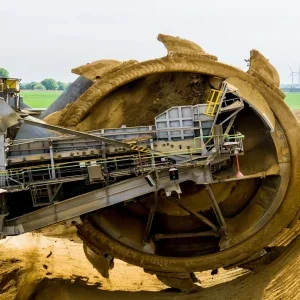Business development vice president for Southern Africa Maarten van der Horst said the Refit created a strong incentive for renewable investments.
We are interested mainly in wind power generation, Van der Horst reported, adding that the tariffs proposed as from 2009 created an environment for investors to seriously consider investing in South Africa.
However GDF Suez was keen that a number of loose ends be clarified before it made any firm commitments.
The National Energy Regulator of South Africa’s (Nersa’s) proposal to review the Refit yearly was of particular concern as Van der Horst believed it created some uncertainty about whether the favourable tariffs would be sustained.
It also wanted greater certainty on the governance framework surrounding the power purchase agreements (PPAs), particularly given that Eskom would be the renewable-energy purchasing authority, or Repa.
Nersa unveiled the Refit regime for potential wind, minihydro, landfill-gas and concentrating-solar power investments in March and indicated that it had already received several enquiries from potential investors.
For wind, a tariff of R1,25/kWh was sanctioned, which was a significant improvement on the 65c/kWh initially proposed. Small-scale hydro would receive 94c/kWh, landfill gas 90c/kWh and concentrated solar with a storage capacity of more than six hours would receive R2,10/kWh.
The regulator also insisted that, although the tariffs were significantly higher than the current Eskom tariff of about 22c/kWh, the Refit would add only between 6% and 10% to the average tariff once the full 1 100 MW of capacity, which was being targeted for 2013, was installed and operational.
The new tariff regime would enable PPAs to run for a term of 20 years, rather than the 15 years initially mooted.
From our perspective, the Refit is a very good start to establish renewable energy generation sources in South Africa, Van der Horst concluded.






